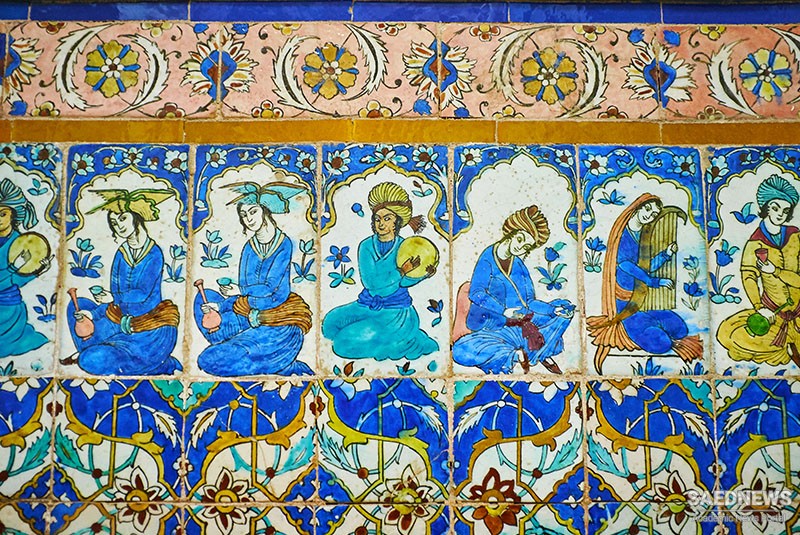The art music of Persia is primarily a music of the cities. Developed under the patronage of the royal court, classical music was also extensively used by certain Sufi orders. Owing to the religious disapproval of Islam, this music was rarely performed in public and was restricted to the court and private homes. Thus, for thirteen centuries, Persian art music has not been a concert music. Indeed, the character of the most traditional art music clearly reflects its private function. Performed by very small groups or by soloists, it is quiet and meditative. Even the instruments are mainly of delicate timbre. The typical setting for classical Persian music is a home or garden where the musicians are surrounded by a small group of family and friends. Public performances of Persian classical music began only in the twentieth century. The first large concert, held in a garden on the outskirts of Tehran, was sponsored by a Dervish group, the Okhovat Society. In the late 1920s and the 1930s, several concerts were organized each year by the renowned musician Ah Naqi Vaziri at his conservatory. Additional concerts in the following decades were given by Ruhollah Khaleqi, founder of a society for Persian music. Today concerts of Persian art music inTehran are often sponsored by foreign cultural organizations, such as the British Council or the United States Information Service. The Ministry of Art and Culture of the Iranian Government also presents a few concerts, but these are usually of folk or popular music. But since the number of concerts of Persian music in Tehran rarely exceeds a half-dozen each year, Persian music cannot yet be considered a public art form (Source: Classical Persian Music by Ella Zonis).



 Early Musical Activities in Iranian Plateau
Early Musical Activities in Iranian Plateau














































